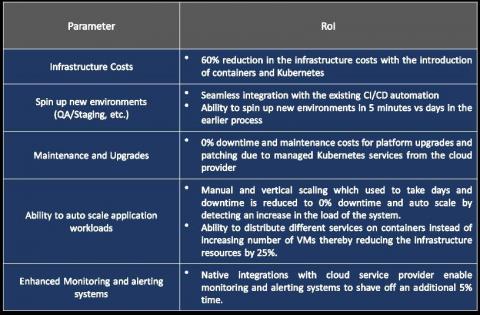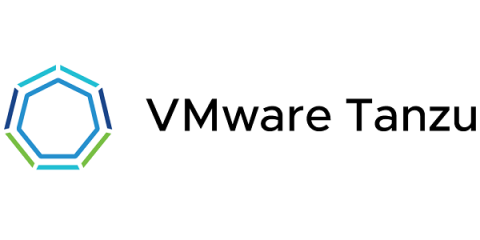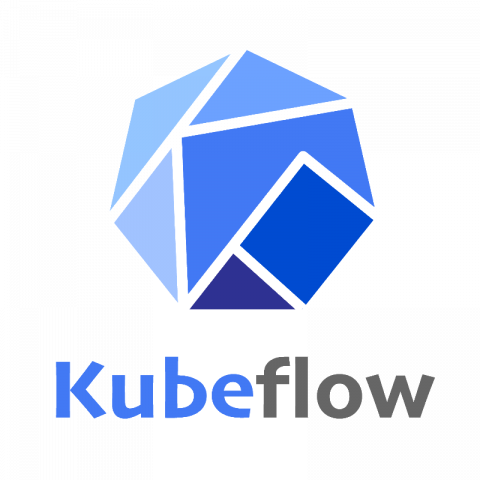Why should an Enterprise Invest in Containerization of Applications Instead of Lift-and-Shift
In our series of blog posts based on Automated Containerization, here is another quick read on why Enterprises should invest in containerization of applications instead of Lift-and-Shift approach. Legacy applications can be slow and expensive to maintain. If you use the Lift-and-Shift approach to migrate applications to cloud is relatively inexpensive, but ongoing operating costs can be exactly the opposite. The contention is that applications perform and evolve relative to their environments.











